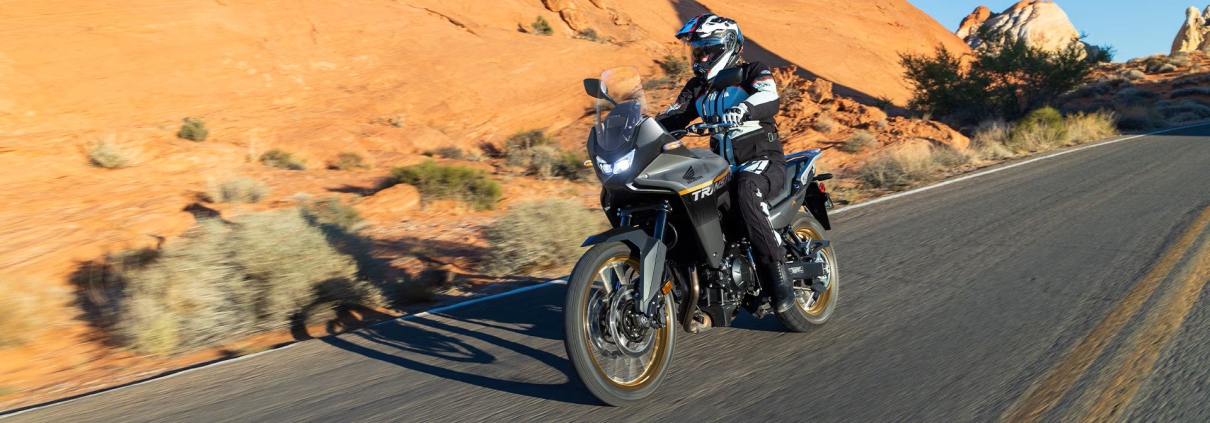VRLA Motorcycle Batteries: What Riders Need to Know and the Future of Lithium Options
Introduction
Motorcycle batteries are essential for reliable starting and consistent performance. Among the most popular options are VRLA (Valve-Regulated Lead-Acid) batteries, known for their sealed design and low maintenance compared to traditional flooded lead-acid batteries.
For most motorcycle owners searching for VRLA batteries, the priority is reliability, longevity, and ease of use. However, the industry is also shifting toward lithium batteries, offering longer lifespan, lighter weight, and minimal maintenance. While riders focus on battery performance today, dealers and repair shops may want to consider incorporating lithium options to meet growing demand and future-proof their business.
Understanding VRLA Motorcycle Batteries
What Is a VRLA Battery?
VRLA batteries are sealed lead-acid batteries designed to prevent spillage and minimize maintenance. They come in two main subtypes:
- AGM (Absorbent Glass Mat): Uses fiberglass mats to absorb the electrolyte, providing good vibration resistance and higher current delivery for starting motorcycles.
- Gel Batteries: Electrolyte is in a gel form, offering excellent vibration tolerance and deeper discharge tolerance, but typically at a higher cost.
Key advantages of VRLA batteries for motorcycles:
- Sealed, spill-proof design
- Generally maintenance-free
- Reliable starting power
- Widely available and affordable
Limitations:
- Heavier than lithium batteries
- Shorter cycle life compared to lithium (typically 500–1000 cycles)
- Long-term storage may require periodic charging
Comparing Battery Options for Motorcycles
| Battery Type | Cycle Life | Weight | Maintenance | Best Use Case |
| VRLA | 500–1000 | Moderate | Low | Standard motorcycle use |
| AGM | 1000–1500 | Moderate | Low | High vibration or cold climates |
| Gel | 1000–2000 | Moderate-High | Low | High-end motorcycles, deep discharge |
| Lithium | 3000+ | Very Light | Very Low | High-performance or long-term use |
Practical note: Lithium batteries offer 3000+ cycles, faster charging, and lighter weight, making them ideal for high-performance motorcycles and fleets.
Installation and Maintenance Tips for Riders
- Check Compatibility: Ensure the battery matches the motorcycle’s voltage, physical dimensions, and cold cranking amps (CCA).
- Proper Installation: Connect the positive terminal first, then the negative; reverse during removal.
- Regular Monitoring: Even VRLA batteries benefit from occasional voltage checks to ensure optimal performance.
- Winter Storage: For extended storage, keep the battery fully charged and consider a trickle charger.
VRLA batteries are generally maintenance-free, but proper installation and monitoring can extend lifespan and prevent unexpected failures.
Recommended Reading for Different Motorcycle Brands
For riders looking to upgrade or replace batteries on specific brands, these guides provide detailed steps, options, and tips:
- Harley-Davidson Motorcycle Battery Replacement: Why Now Is the Time to Go Lithium
- Indian Motorcycle Battery Replacement: Lithium Options Built for Dealers and Repair Professionals
- BMW Motorcycle Battery Replacement Guide: Steps, Costs, and Best Options
- Honda Motorcycle Battery Guide: How to Choose the Right Battery for Shadow, Rebel, and Grom Models
Recommended Lithium Battery Product
For riders and B2B partners interested in upgrading to lithium for better performance, reliability, and longer lifespan, the 12V Motorcycle Start Lithium Battery offers:
- 3000+ cycles for long-term use
- Lighter weight for improved handling
- Low maintenance, ideal for fleets or high-performance motorcycles
Conclusion
For most motorcycle owners searching for VRLA motorcycle batteries, the priority remains reliable starting power and low maintenance. VRLA and AGM batteries continue to serve as cost-effective and practical options.
However, lithium batteries are increasingly becoming the standard, offering 3000+ cycles, reduced weight, and minimal upkeep. While C-end riders can enjoy the immediate benefits of VRLA, B-end dealers and repair shops should take note of this trend to future-proof their business by integrating lithium options into their offerings.


